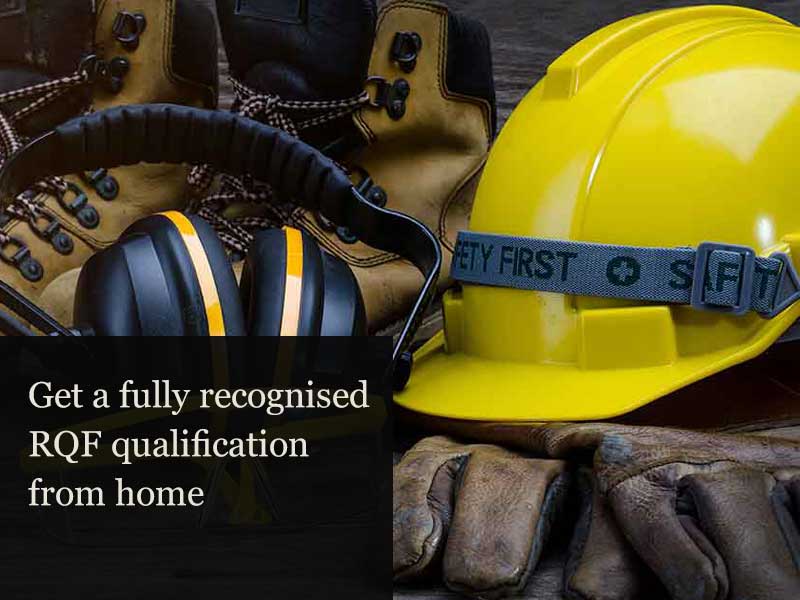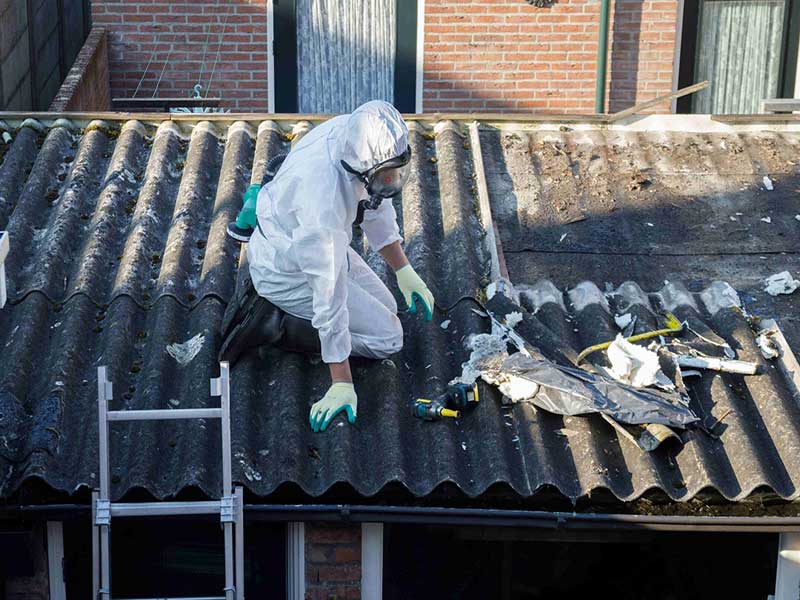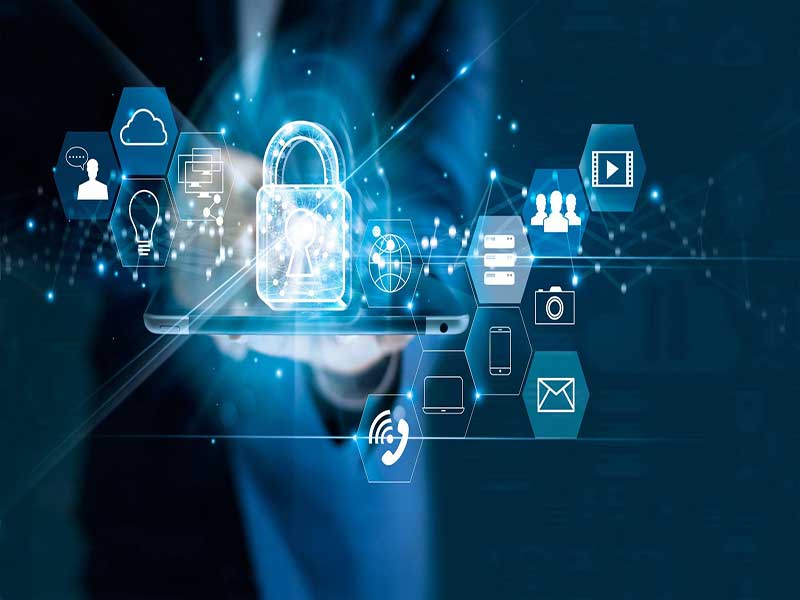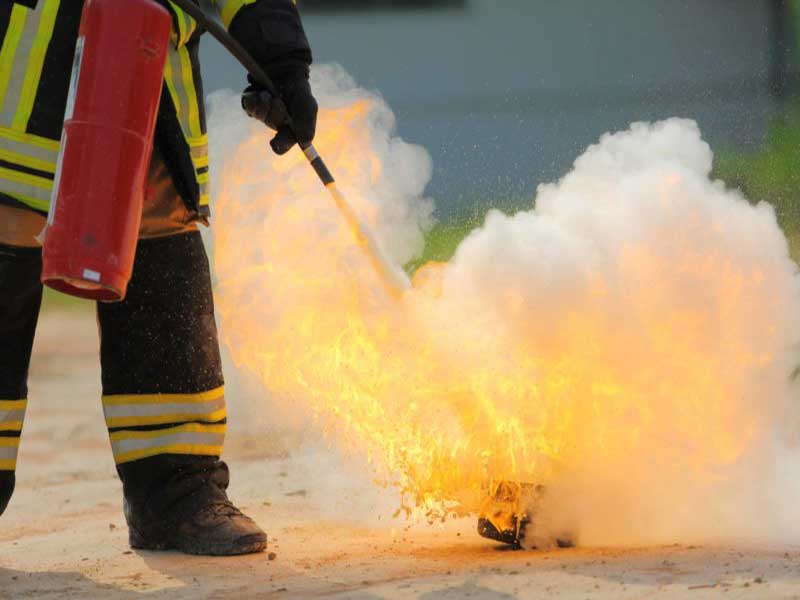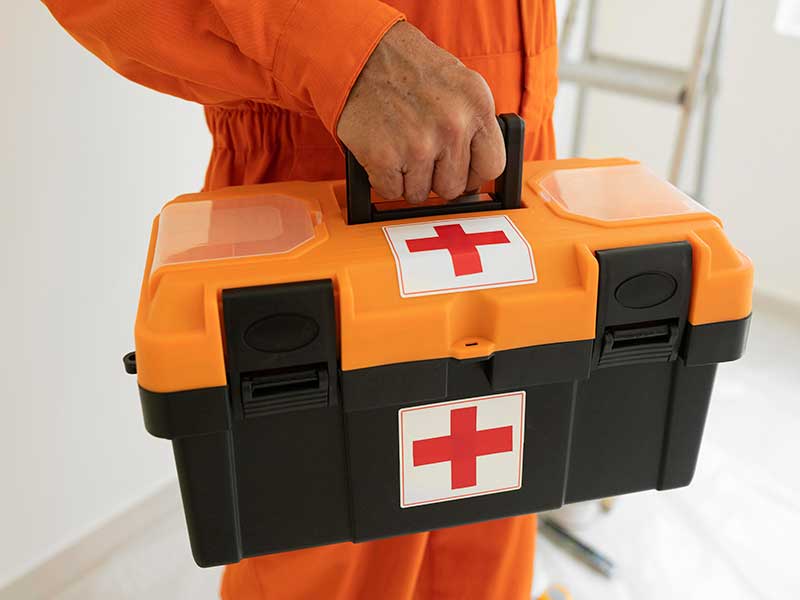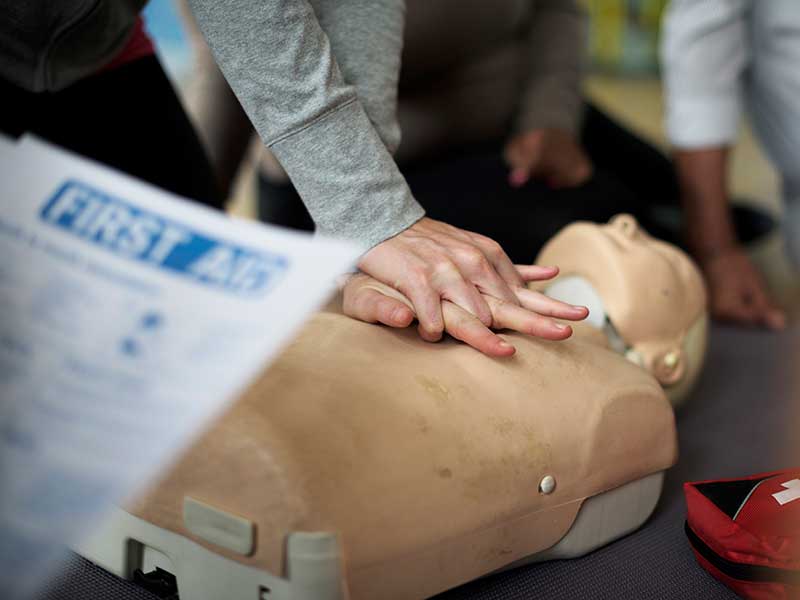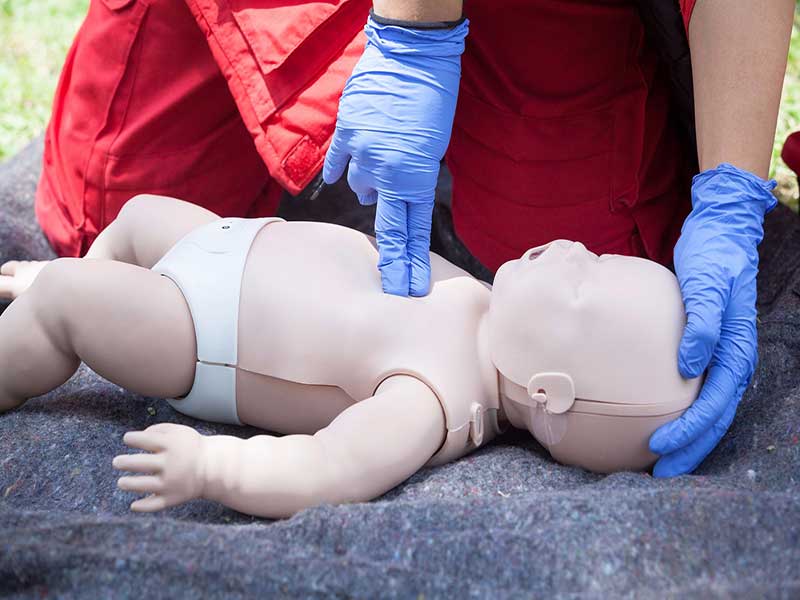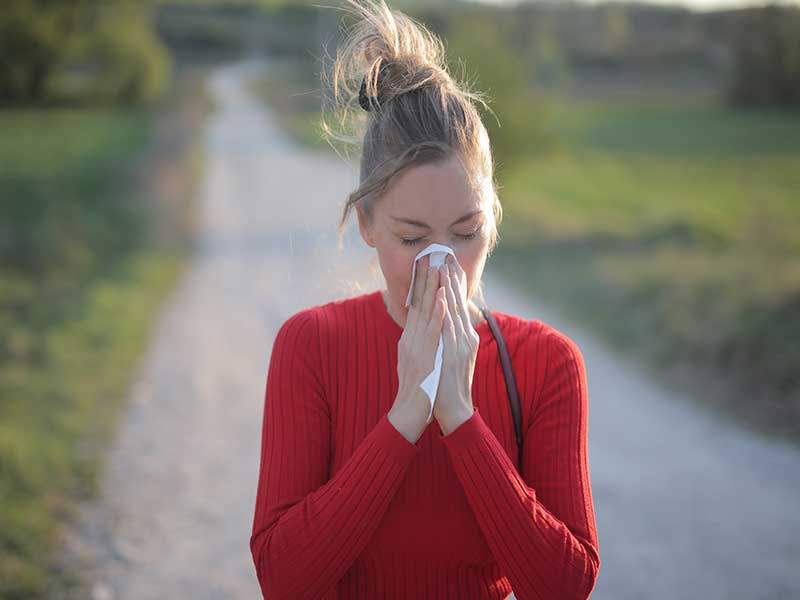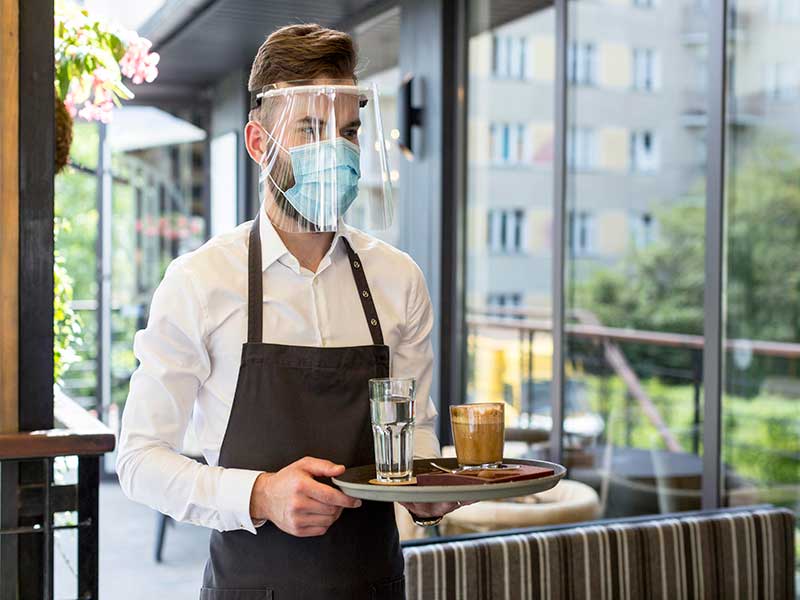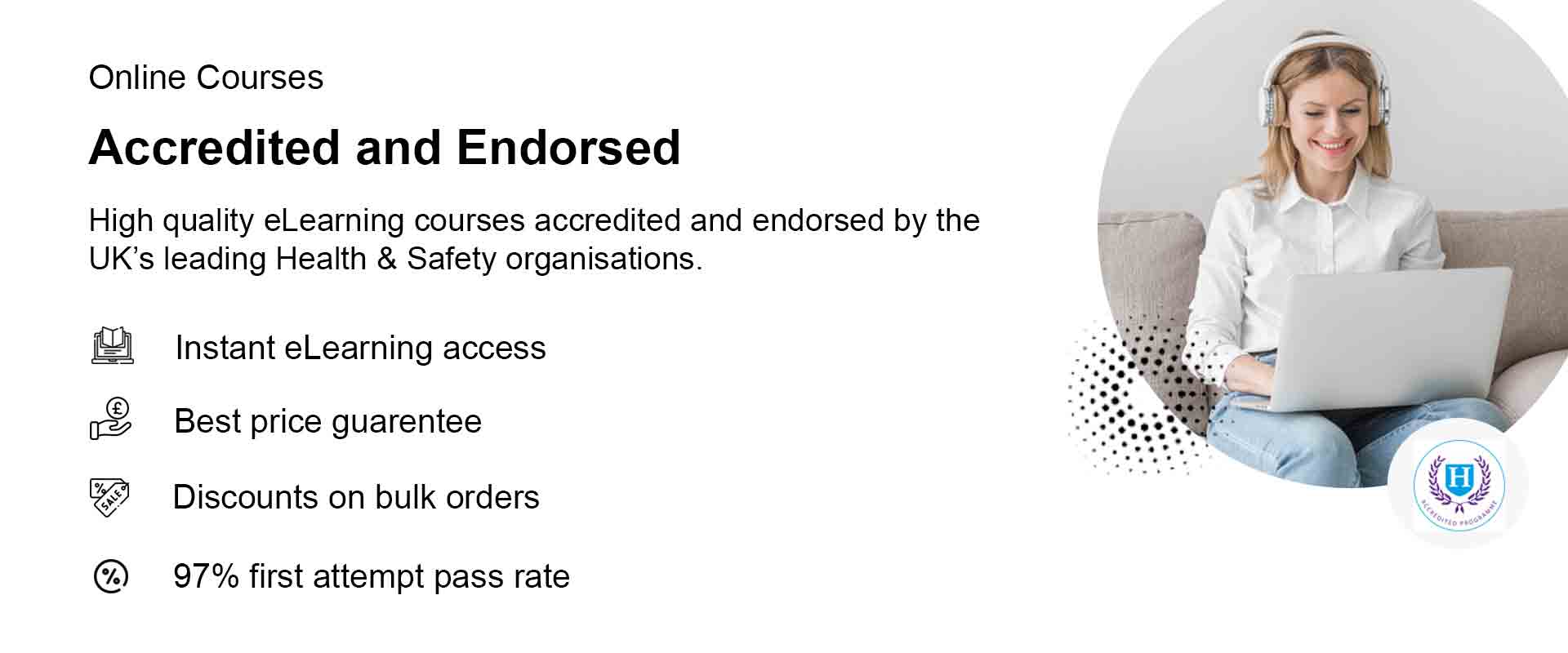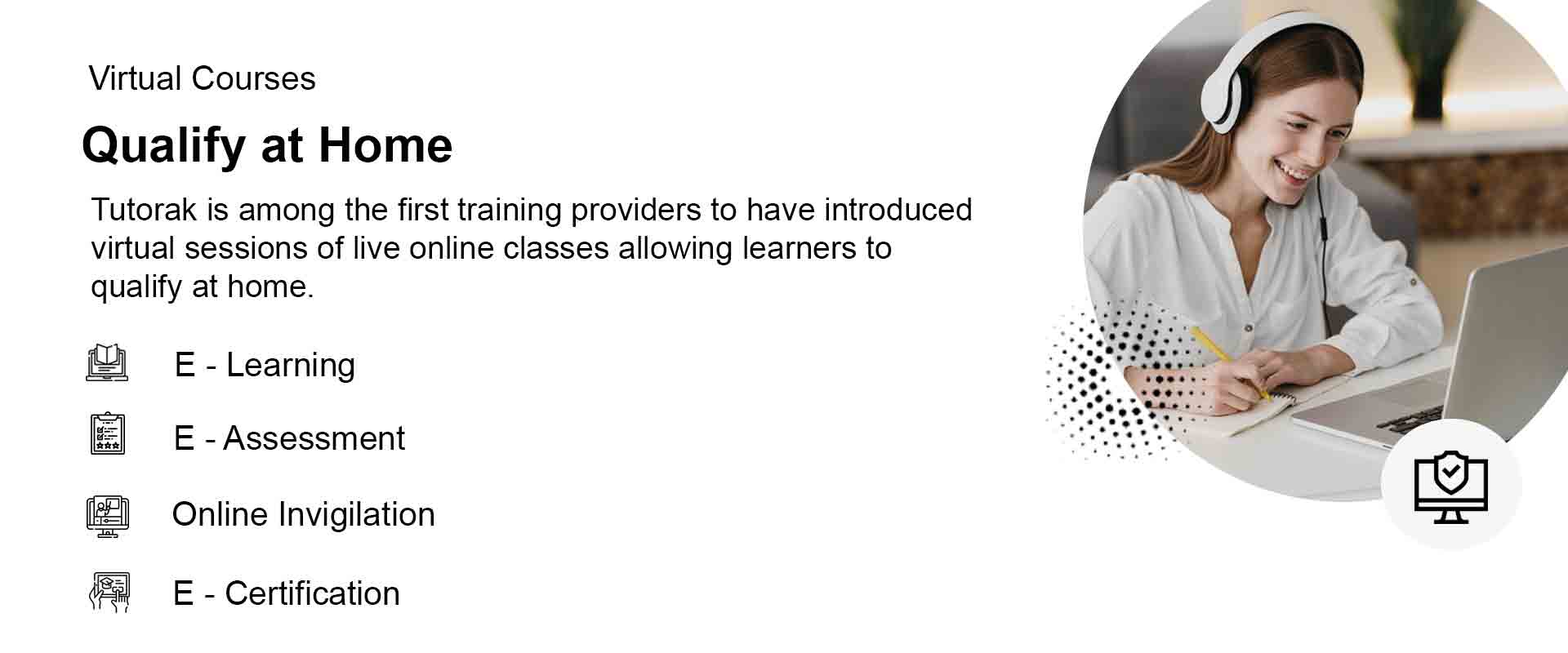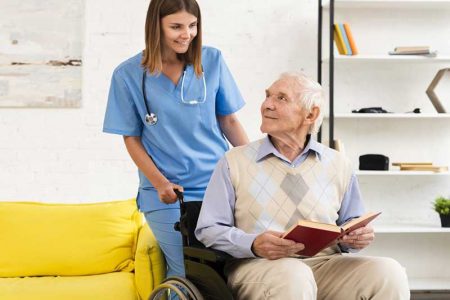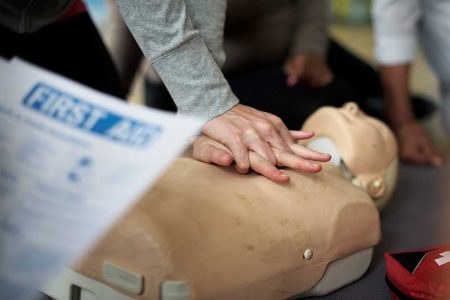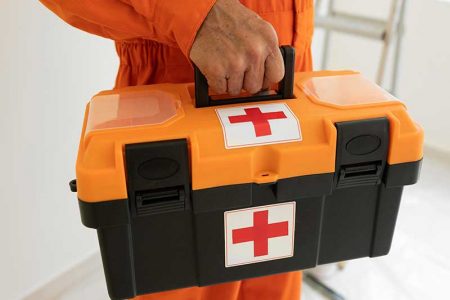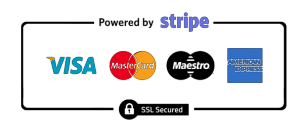AIMED AT
- WHO-recommended IPC measures
- Administrative controls
- Source control
- Environmental controls
- Disinfection & sterilization
- Infectious diseases processes
- Hand washing techniques
- Knowledge of PPE
- Handling waste
- Decontamination
SKILLS YOU WILL GAIN
- WHO-recommended IPC measures
- Administrative controls
- Source control
- Environmental controls
- Disinfection & sterilization
- Infectious diseases processes
- Hand washing techniques
- Knowledge of PPE
- Handling waste
- Decontamination
About this Course
In this course you will learn what infections are, how they spread, and how you can break the chain of infection by adopting correct hygiene practices. You will get to know who is most at risk, so that they can be given extra care. The course also provides the most updated information on the novel coronavirus.
The risk of infection is present in every workplace. And once an infection starts, it can take as little as 2 hours to spread throughout the office. That is why it is important that all employees are aware of the most effective ways to prevent the virus from spreading within the workplace.
It is the responsibility of managers to be aware of the risks associated with the infection so that they can enable a safe working environment for their staff. This Infection Prevention and Control training course will help them do just that. This course is also ideal for staff returning to work who want to know how to stay safe and prevent infection in the workplace.
Infectious spread is not specific to any particular sector, but due to the presence of high-risk individuals in the care sector, it can cause more damage. This makes the Infection Prevention and Control course all the more useful for those working in the Care Industry.
Did you know: It is estimated that 300,000 patients a year in England acquire a healthcare‑associated infection because of care within the NHS.
-
Covid-19 module included for no extra cost
-
Ideal for staff returning to work
-
Highfield endorsed with instant access to a PDF certificate
Areas Covered
-
Pathogenic Microorganisms
Infections and infectious diseases are caused by harmful germs, known as pathogens or pathogenic microorganisms, which enter the body and multiply. In this topic, you will learn about different types of pathogens.
-
Antimicrobial Resistance
Microorganisms are able to adapt, mutate or evolve when exposed to a drug, therefore developing a resistance to it. This topic introduces you to some examples of AMR, as well as its consequences.
-
Chain of Infection
Learn the steps in the infection process. If every step is completed, pathogens can spread from one person to another and infection can occur.
-
Types of Infection
Infection is the term used to refer to the presence of microorganisms in a person’s body that result in damage being caused to its tissues. In this topic, you will learn the difference between localized and systemic infections and their relative severity.
-
Consequences of Infection
Infections and infectious diseases acquired in settings where many people live and/or work in close proximity can spread rapidly. In this topic, you will learn what consequences does an infectious breakout have on individuals, staff and the organisation.
-
Risk Assessments
A risk assessment is a process of evaluating the risks involved in an activity or task. This topic will teach you the 5 steps of the assessment process, namely, identifying hazards, identifying those who may be harmed, considering existing precautions, recording the findings, and reviewing and revising them if necessary.
-
Factors That Increase the Risk of Infection
The human body has systems in place to prevent and fight infections. In this topic, you will learn the factors that increase the likelihood of infection.
-
Breaking the Chain
Learn how to break the chain of infectious spread using standard precautions such as practicing good hygiene, wearing personal protective equipment and staying healthy.
-
When to Use PPE
It is essential that the appropriate PPE is used whenever it is required to reduce risks to an acceptable level. In this topic you will learn when you should use different types of PPE.
-
Safe Handling of Waste
It is important to understand how to safely handle different types of waste to protect yourself, your colleagues and the people you support. Read this topic to learn how to segregate waste and handle it safely.
-
Soiled Linen
Linen is the term used to refer to anything that is made of cloth. This topic will teach you how to handle, clean and decontaminate soiled linen without putting yourself or others at risk.
-
Environmental Contamination
Learn how to keep the environment free of microorganisms through cleaning, disinfecting and sterilizing.
-
Hazardous Spills
Body fluids are a source of infectious microorganisms, meaning that when a spillage occurs, it must be treated as a hazardous substance. In this topic, you will learn how to contain and deal with hazardous spills.
-
Legislative Framework
Learn the legal framework, that sets the requirements for infection prevention and control, and the importance of each act and regulation.
-
Employer’s Responsibilities
This topic teaches you how to develop and implement an effective infection control system.
-
Workers’ Roles and Responsibilities
Become aware of the responsibilities you share as an employee to work in ways that reduce the risk of infections spreading and causing harm.
-
The Differences Between a Virus and Bacteria
COVID-19 is a virus, and so behaves differently from bacteria. It’s important to understand these differences. This topic will teach you the different ways in which viruses and bacteria behave.
-
How Our Bodies Respond
The defence system used by your body to fight disease is called an immune system. It has various ways of battling diseases caused by viruses. This topic will teach you how the immune system fights against disease, how immunity against a virus is developed and which sections of the population have a weaker immune system.
-
What is Coronavirus?
Coronaviruses are a large group of pathogenic viruses that cause several respiratory diseases. In this topic, you will learn the different types of diseases caused by the group of viruses collectively referred to as coronaviruses.
-
Origin
Learn where COVID-19 originated and what was the source of the virus.
-
How Does it Spread?
This topic will teach you how COVID-19 spreads from person to person, and what factors increase the risk of its spread.
-
Symptoms
In this topic, you will learn the most common symptoms, the time it takes for these symptoms to appear, their severity, and the mortality rate for different age groups.
-
Treatment
COVID-19 is a virus, and so cannot be treated with antibiotics. This topic will teach you what our best form of defence can be under these circumstances.
-
How Can I Protect Myself and Others?
Learn simple tips for protecting yourself and others from the virus, including washing hands, cleaning and disinfecting points of contact, wearing face masks and gloves, and social distancing.
-
Stay Informed
This topic will provide you with links to the most updated official advice on dealing with the coronavirus.




